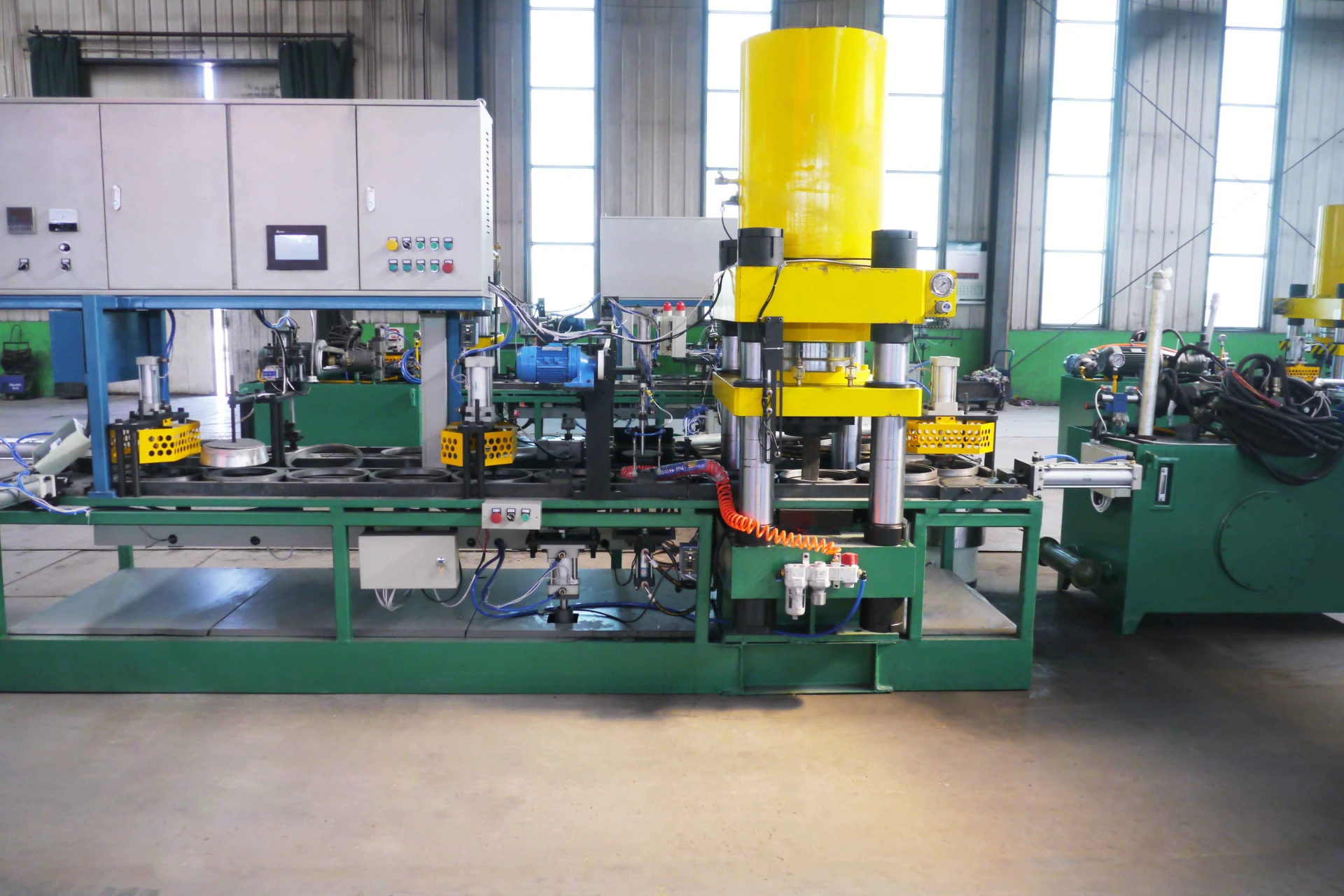Current location:stripping disc >>Text
stripping disc
disc for cutting stone9People have read
IntroductionThe Dynamics of Flapping An Exploration of Flap 4 1 2 In the intricate world of aerodynamics, the t...

The Dynamics of Flapping An Exploration of Flap 4 1 2 In the intricate world of aerodynamics, the term flap often evokes images of aircraft wings adjusting their surfaces for optimal lift and control. The concept of flap efficiency, particularly highlighted in the context of flap 4 1 2, underscores the critical role these devices play in aviation performance. This article delves into the mechanics behind flaps, their operational significance, and the intriguing numbers denoted by 4 1 2. Flaps are movable surfaces located on the wing's trailing edge, designed to enhance the aerodynamic characteristics of an aircraft during various phases of flight, particularly during takeoff and landing when low speeds necessitate increased lift. The function of the flaps is to change the shape of the wing, allowing it to generate additional lift without having to increase speed dramatically. This adjustment is vital for ensuring that an aircraft can safely operate in the lower speed environments encountered during these phases of flight—a practical reflection of flap applications summarized by the numbers 4 1 2. The Dynamics of Flapping An Exploration of Flap 4 1 2 When examining flap performance, aerodynamicists focus on their ability to create lift. During takeoff, flaps are typically extended to maximize the wing's surface area. This allows an aircraft to take flight at lower speeds, preventing the risk of stalls, which occur when the wing no longer produces sufficient lift. The clamping of airflow over the wing surface also contributes to increased drag, yet this is a manageable trade-off when the additional lift is required. flap 4 1 2 In the landing phase, flaps play an equally vital role. The interaction between increased lift and drag becomes essential as pilots approach the runway. By deploying flaps to their maximum positioning, pilots can achieve the desired descent rate and landing speed, ensuring a smooth and controlled landing. The effectiveness of flaps in reconfiguring the airflow can be expressed through percentages; for example, a flap deflection of might yield a 40% increase in lift coefficient, making it a compelling choice for critical flight phases. Research in flap technology continues to evolve. Innovations in materials and design allow for more efficient flap systems, such as advanced high-lift devices, which can substantially reduce landing speeds and distances. These advancements are crucial as aviation moves towards efficiency and sustainability, necessitating designs that enhance fuel efficiency and reduce emissions. Moreover, pilots must be well-versed in flap operations. The nuances of flap deployment—whether to set them at 1, 2, or 4 degrees—can vary based on aircraft weight, atmospheric conditions, and airport altitude. Training programs emphasize the importance of understanding these parameters, equipping pilots with the knowledge to make informed decisions during critical flight moments. In conclusion, flap 4 1 2 serves as a microcosm of the broader principles of aviation dynamics. The numbers may represent different configurations and performance metrics, but they ultimately lead us back to the fundamental objective of aviation engineering—efficiency, safety, and performance. The exploration of flaps embodies the marriage of creativity and scientific principles in aerodynamics, highlighting the intricate mechanics that allow aircraft to navigate the skies with grace and precision. As the aviation industry continues to innovate, the importance of flaps and their optimized configurations will remain integral to the pursuit of sophisticated flight solutions, ensuring that aircraft remains a cornerstone of global connectivity.
Tags:
Latest articles
types of grinding wheels pdf
stripping discUnderstanding the Different Types of Grinding Wheels Grinding wheels are essential tools in various...
Read More
76mm 플랩 디스크의 효율성과 다양한 용도에 대해 알아보기
stripping disc76mm 플랩 디스크의 특성 및 응용 플랩 디스크는 금속 가공, 건축 및 기타 산업 분야에서 널리 사용되는 도구입니다. 특히 76mm 크기의 플랩 디스크는 그 크기와 성능 면에서...
Read More
Metal Cutting Disc for 7-Inch Tools High Performance and Durability
stripping discThe Essential Guide to Metal Cutting Discs Understanding the 7-Inch Option In the world of metalwork...
Read More
Popular articles
Latest articles
-
Disco de moagem em pedra para polimento e afinamento de superfícies
-
Best Angle Grinder Discs for Metal Sanding and Grinding Efficiency
-
cut off cutting disc
-
Ruota abrasiva in acciaio inox per affilatura e lavorazione dei metalli
-
Effective Techniques for Paint Removal Using Stripping Discs
-
disco de corte de 10 pulgadas